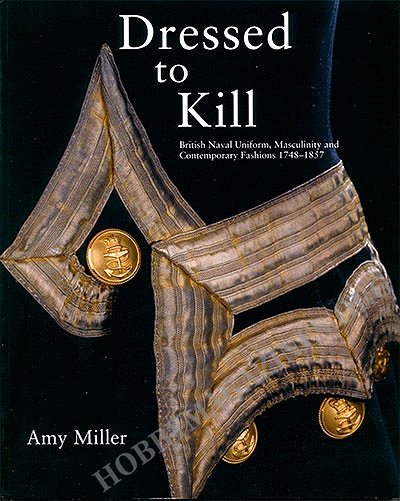Dressed to Kill: British Naval Uniform, Masculinity and Contemporary Fashions 1748-1857

English | PDF | Pages 194 | 154 Mb
Written by the Curator of Decorative Arts and Material Culture at the National Maritime Museum, London, this soft-bound book discusses the development of Royal Navy officer uniform from its first beginnings in 1748 until 1857. Uniform for ratings is discussed briefly in the text but since uniform for ratings were not regulated until 1857 it remains outside the scope of this book.
The author places her subject within the context of contemporary civilian fashion and discusses the deliberate intent of the first uniform to delineate social class as well as rank. The author makes the point that despite the adoption of a uniform Royal Navy officers were initially considered crass and unmannered. Changes to the uniform over during the period are examined using descriptions from period literature, pamphlets and tracts to give a sense of the changing public perceptions of the Royal Navy and the role of that uniform played in visually reinforcing these views.
The text is authoritative, factual and fully referenced. The book is broadly divided into three sections: the text; colour photographs of surviving examples of uniform; and line drawings of selected items from Section Two to illustrate construction of the garment and how they could be tailored. Photos and images have been selected with skill to represent and compliment the text and subject matter.
The colour plates feature examples of dress coats and includes; waistcoats, epaulettes, hats, undress coats for surgeons, lieutenants and midshipmen, a boat clock, trousers, a pursers full dress coat, buttons a ratings frock c'1854-65, neck-stock, tricorn hat, stockings, shirt, a robe of the Order of the Bath, a child's sailors suit 1846, and a jacket and waistcoat of the Honourable East India Company.
This is an excellent reference work for costumiers, figure modellers, and social and military historians, and was a pleasure to read. Highly recommended.
